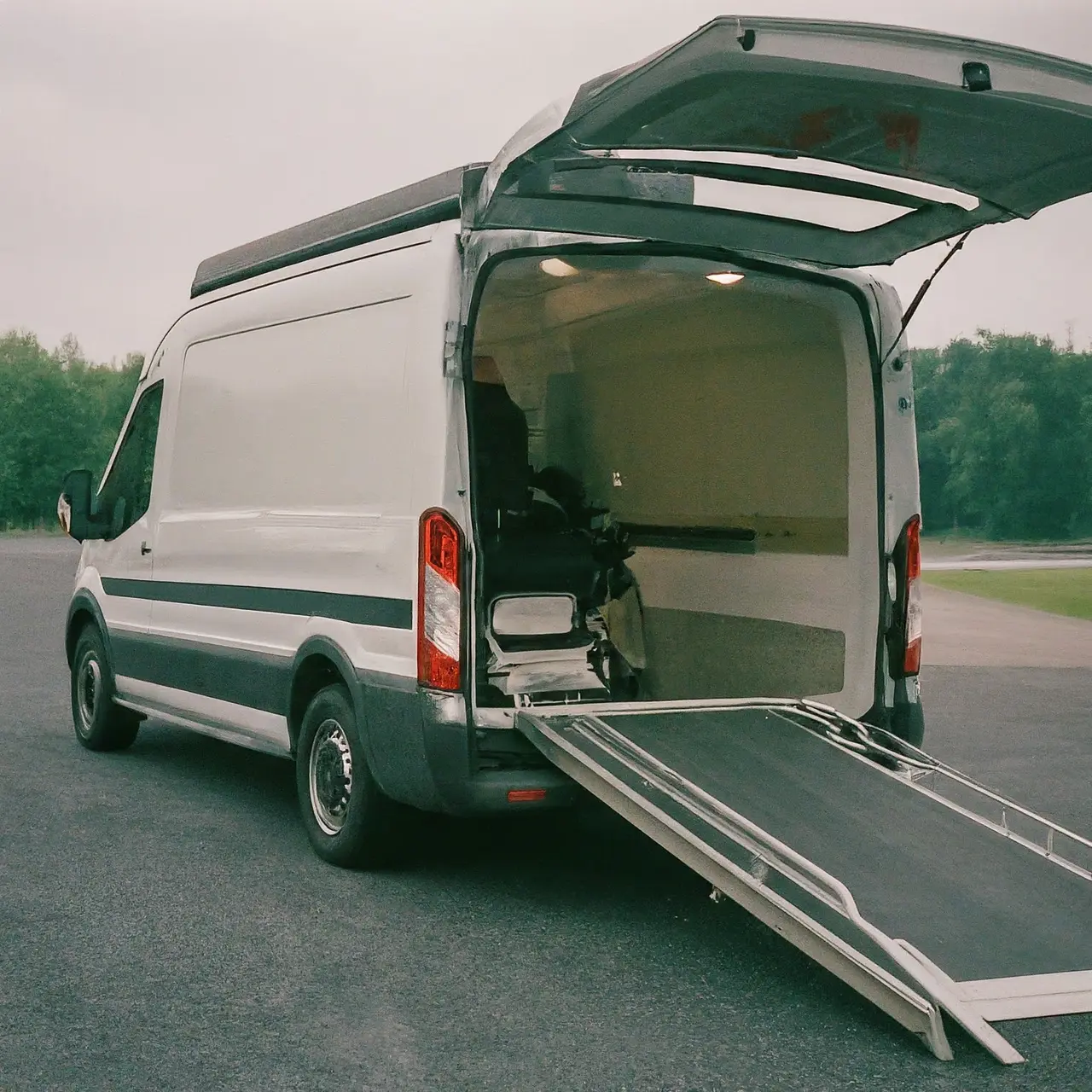Navigating through life’s journeys should never be a hassle, especially for those using wheelchairs. This question touches the core of accessibility and inclusivity in wheelchair transportation services. Let’s unfold the answers together.
Understanding Wheelchair Transportation Services
Wheelchair transportation services are not just about moving from point A to B; they’re about ensuring safety, comfort, and dignity for individuals who utilize wheelchairs. With the advancement in accessibility options, these services have evolved into a tailored experience, recognizing the unique needs of each passenger.
The essence of accommodating wheelchair users in transportation lies in the details – from vehicle design to staff training. It’s these nuances that make the journey not just possible but pleasant for everyone involved.
To ensure a seamless experience, many services now offer pre-booking consultations, during which specific requirements and wheelchair dimensions can be discussed. This proactive approach minimizes hiccups on the day of travel.
Types of Wheelchairs: Compatibility with Transportation Services
From manual to electric, lightweight to sports models, the variety of wheelchairs on the market is vast. Each type has its own set of features that cater to the lifestyle and medical needs of the user.
While most wheelchair transportation services strive to be as accommodating as possible, the truth is that not all vehicles are equipped to handle every wheelchair type. Manual wheelchairs, being more compact, are generally easier to transport than their bulkier, electric counterparts.
Electric wheelchairs, with their added weight and dimensions, require specialized lifting equipment and securing methods within vehicles. It’s this diversity that challenges transportation providers to continually adapt and upgrade their offerings.
Making Arrangements for Different Wheelchair Models
Planning ahead is crucial when it comes to wheelchair transportation. Early communication with the service provider allows for a customized travel plan that takes into account the specific dimensions and needs of the wheelchair.
Understanding the specifications of your wheelchair helps in selecting the most suitable transportation option, whether it’s a van with a ramp or a bus with a lift. It’s also essential to discuss any additional equipment you might have, such as oxygen tanks or support braces.
Limitations and Considerations for Specific Wheelchair Types
While efforts are made to accommodate all, there are inherent limitations based on vehicle design and local regulations. For instance, extremely large or heavy wheelchairs might not fit into standard vehicles designed for wheelchair transportation.
It’s also worth noting the importance of maintenance and condition of the wheelchair. A well-maintained wheelchair not only ensures a smoother journey but also aligns with safety protocols, minimizing potential delays or complications during transport.
Tips for a Smooth Experience with Wheelchair Transportation Services
Always verify with the service provider well in advance about the capabilities and limits of their transport options. Clear communication is key to a successful journey.
Don’t hesitate to provide detailed information about your wheelchair and any additional equipment you’ll be bringing along. The more information the service has, the better prepared they can be to accommodate your needs.
Empowering Mobility for All
In the realm of wheelchair transportation, flexibility and accommodation are key. The diversity in wheelchair designs necessitates a tailor-made approach to transportation services. Understanding the types of wheelchairs and the specific needs associated with each is crucial for service providers and users alike. As we continue to strive toward a more inclusive community, the commitment of these services to cater to all types of wheelchairs reinforces the bridge towards accessibility and independence for everyone.

